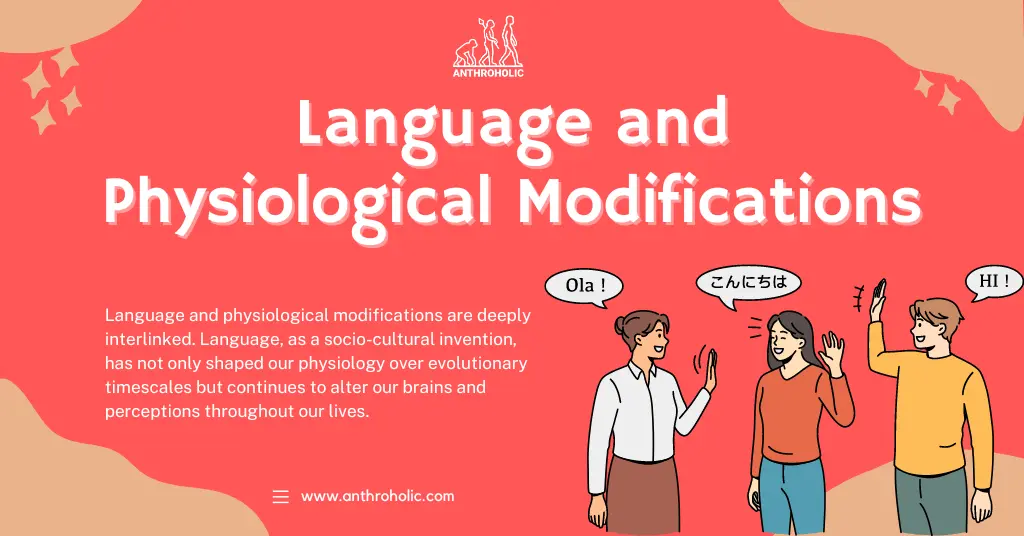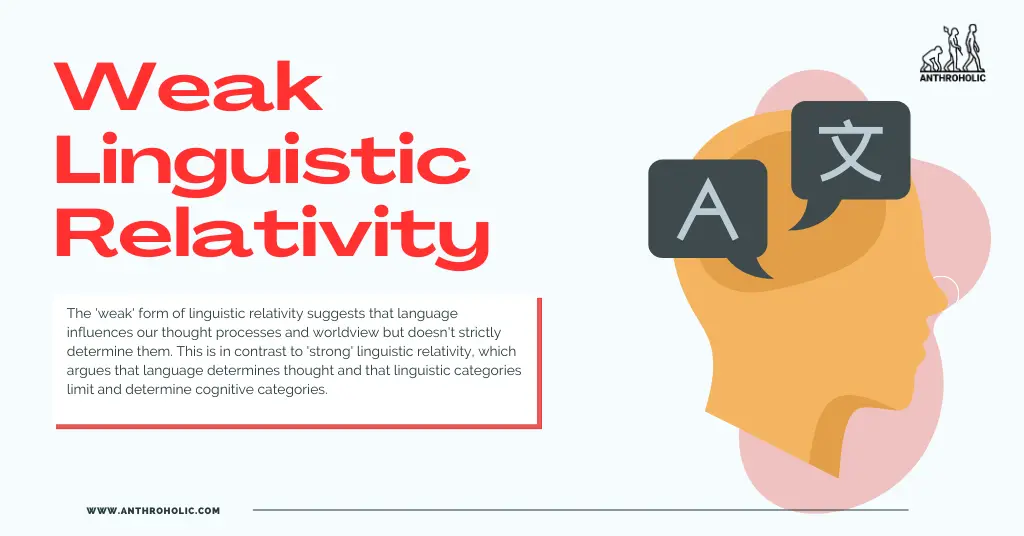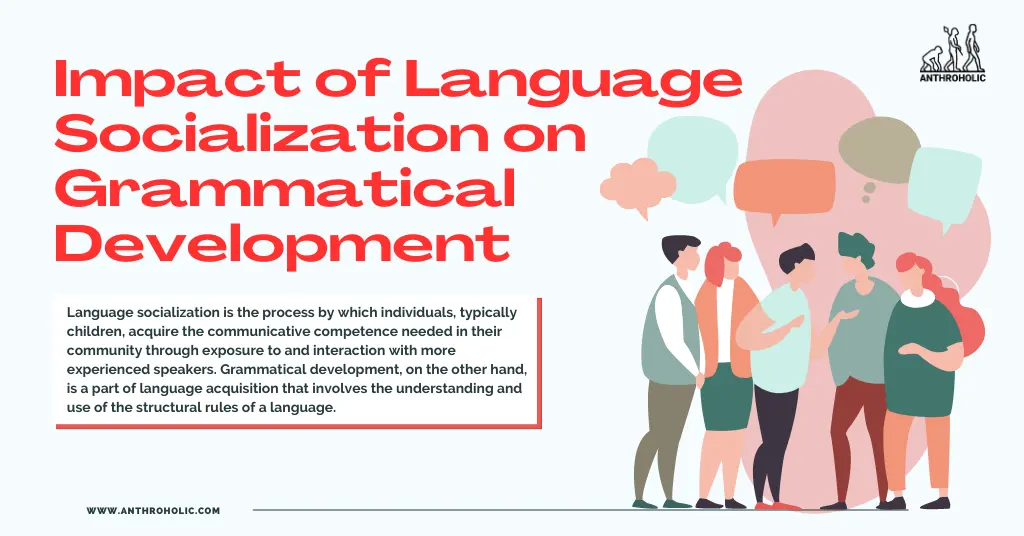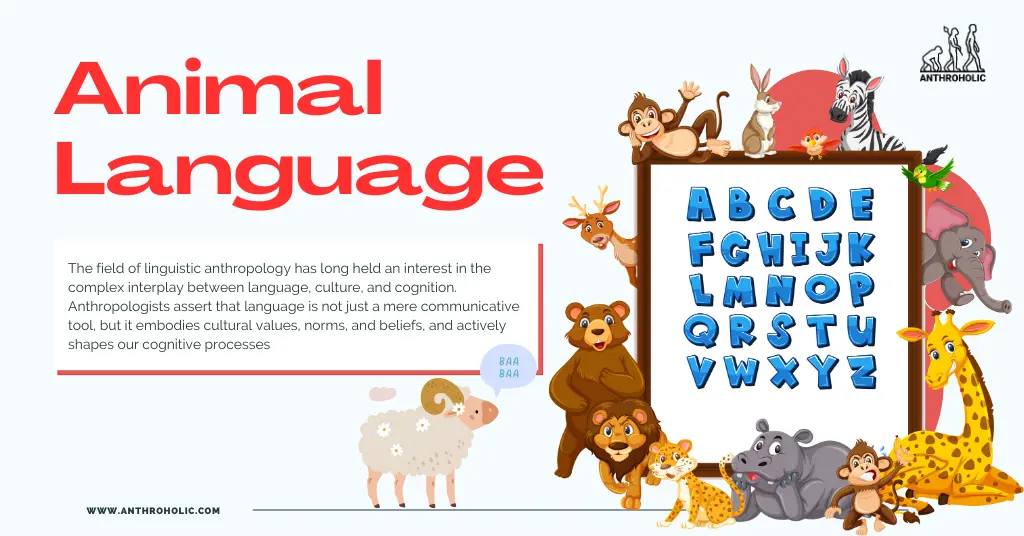AI Answer Evaluation Platform Live Now. Try Free Answer Evaluation Now

Language and Physiological Modifications
Language and physiological modifications are deeply interlinked. Language, as a socio-cultural invention, has not only shaped our physiology over evolutionary timescales but continues to alter our brains and perceptions throughout our lives.










